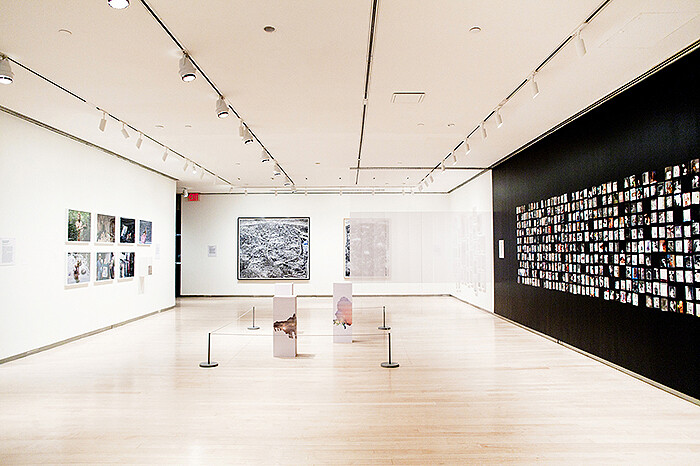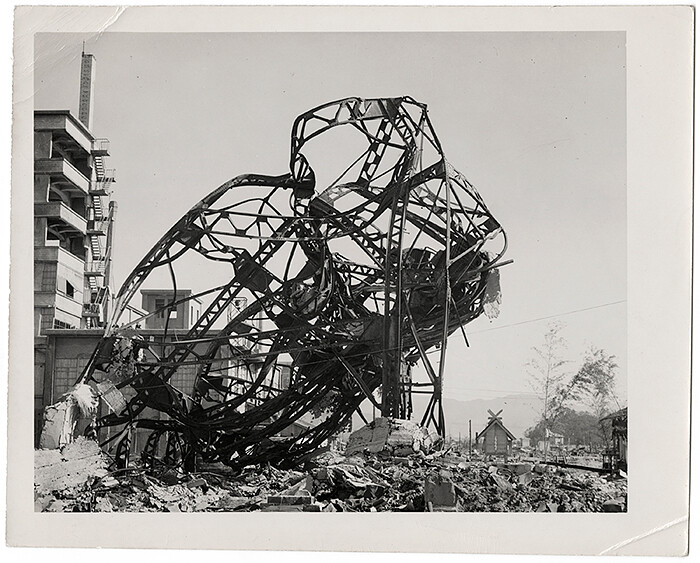Categories
Subjects
Authors
Artists
Venues
Locations
Calendar
Filter
Done
September 10, 2013 – Review
ICP Triennial, “A Different Kind of Order”
Alan Gilbert

For a few years in the mid-2000s, writing made a notable dent in contemporary image-saturated culture—what’s ever more loosely called the society of the spectacle. With the explosion of texting and blogs, written language almost seemed to rival visual culture for the attention of citizens, consumers, and everyone in between. The gatekeepers of all things well-behaved bemoaned the linguistic crudities of texting (lol) and the way in which blogs gave more people an opportunity to express their (sometimes misinformed) opinions (a still prevalent complaint in the art- and music-writing worlds). But this brief efflorescence of the written word didn’t last long, as the clean graphic interface of the iPhone (etc.) reemphasized the visual experience over the linguistic one. Of course, many other factors played a role in this as well, such as the unsustainability of regular blogging without financial recompense. The utopic democracy promised by the Internet since its more widespread inception in the early to mid-1990s (everyone will have a website! omg) only first pushed toward this potential—in my mind, anyway—with the blogspot.com suffix. These days Tumblr pages—granted, a blog, but a predominantly visual one—outnumber those using the more linguistically oriented WordPress, and Facebook is losing its younger audience …
June 3, 2011 – Review
"Hiroshima Ground Zero"
Brian Sholis

At 8:15 on the morning of August 6, 1945, the Japanese city of Hiroshima was momentarily “covered by a bluish-white glare.” (1) An atom bomb, the first to be dropped on a human population, had exploded 580 meters above the ground. A 4.4-square-mile section of the city center was more or less instantly flattened, and subsequent fires, which raged for more than eight hours, consumed much of what hadn’t been pulverized by the bomb’s concussive force. It is now estimated that nearly two-thirds of the approximately 76,000 buildings in Hiroshima were completely destroyed or burned; approximately 70,000, or more than nine out of ten, were at least “half-destroyed/half-burned/slightly damaged.” Soot from the fires, along with dirt and mud, was swept up into the air by whirlwinds and returned to earth as highly toxic, sticky “black rain.” Those who happened to be within 1.2 kilometers of the detonation point (known as “air zero”) had only a fifty percent chance of surviving; any closer and the mortality rates jumped to between eighty and one hundred percent. The city’s population that August is estimated to have been 340,000, and it is now believed that approximately 140,000 people died as a result of the …